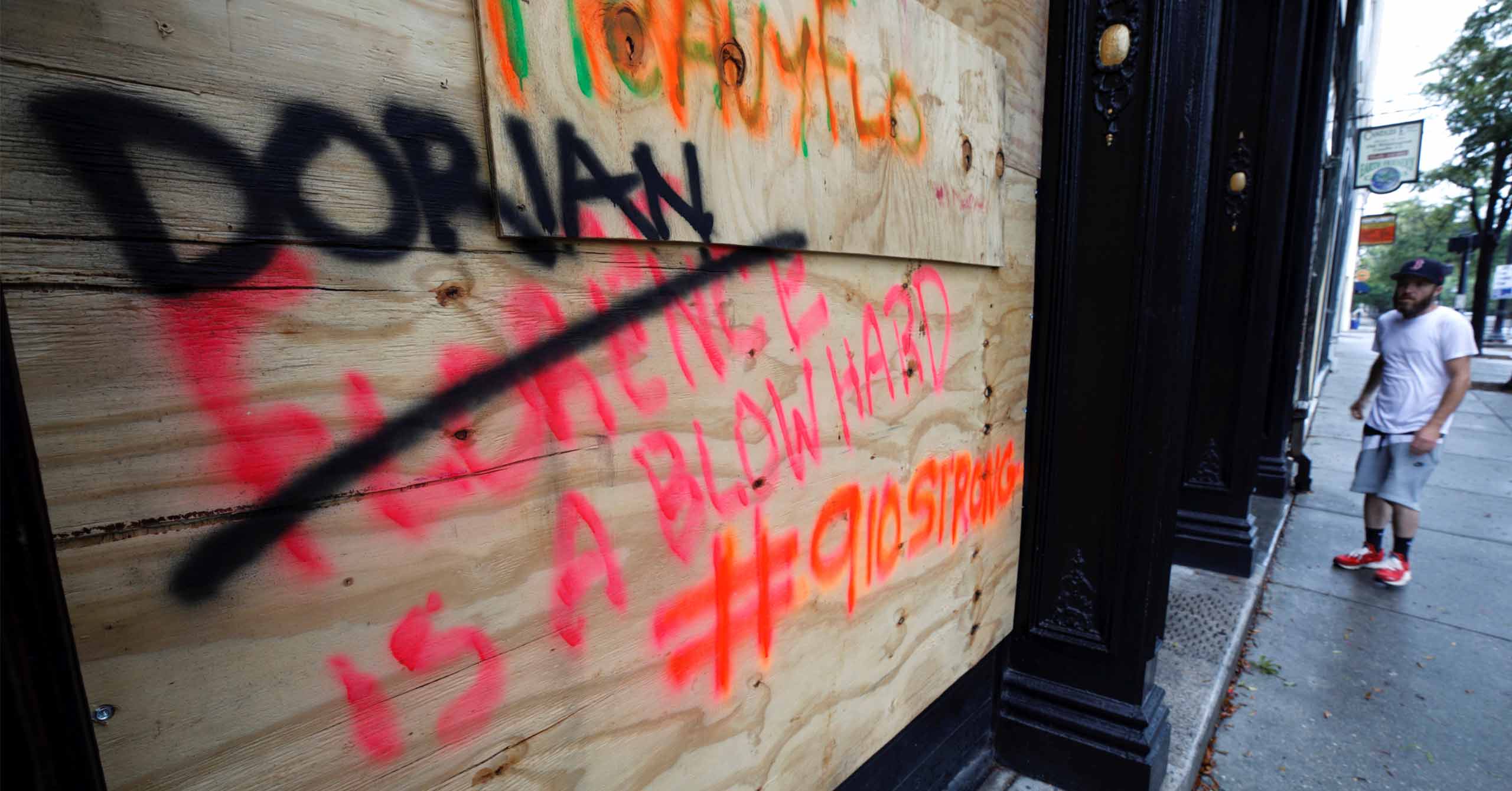
In this edition:
- Oklahoma, Missouri Medicaid expansion advocates gather signatures for 2020 ballot
- BridgeSpan is rejoining Utah’s exchange for 2020
- Colorado’s Peak Health Alliance: Could it work in other areas?
- Residents in four states may be eligible for SEP if Hurricane Dorian prevented their enrollment
- New rule in New Mexico allows businesses to use SHOP exchange regardless of employer contributions
- Medical Loss Ratio rebates are the highest they've ever been
As we count down to the November 1 start of open enrollment, there continues to be a steady increase in the number of insurers entering or returning to state marketplaces. Here are the latest updates on those moves – and on other recent state-level developments.
Oklahoma, Missouri Medicaid expansion advocates gather signatures for ballot initiatives
Most states have either expanded Medicaid under the Affordable Care Act or plan to do so in the next year. But in Oklahoma and 13 other states, coverage has not been expanded. So Medicaid expansion advocates are currently working to gather nearly 178,000 signatures by October 28, 2019, in order to get State Question 802 on Oklahoma’s 2020 ballot. There are numerous signature drives underway around the state.
Advocates for Medicaid expansion are also gathering signatures for an expansion ballot initiative in Missouri. There have been successful Medicaid expansion ballot initiatives in Maine, Idaho, Nebraska, and Utah over the last few years.
BridgeSpan is rejoining Utah’s exchange for 2020
BridgeSpan used to offer coverage in Utah’s exchange, but left the exchange at the end of 2015 and have only offered plans outside the exchange since then. For 2020, however, BridgeSpan’s rate filing indicates that the carrier is returning to the exchange in Weber and Davis counties.
Meanwhile, insurers are also joining – or rejoining – the exchanges for 2020 in Alaska, Colorado, Florida, Georgia, Kansas, Louisiana, Missouri, Nebraska, Nevada, North Carolina, Oklahoma, Pennsylvania, and Virginia. Numerous insurers across the country are also expanding their existing coverage areas. The added competition and choice will be welcome news for some consumers, but it can also result in smaller premium subsidies, depending on the pricing of the new plans. (Here’s an example of that in Phoenix in 2019.) So as always, consumers should carefully compare all of their options during open enrollment, as opposed to letting their coverage auto-renew.
Colorado’s Peak Health Alliance: Could it work in other areas?
Summit County Colorado is home to some of the nation's highest health insurance premiums. The county is also home to an innovative new solution called Peak Health Alliance, which will launch this fall (with coverage effective January 2020) and is negotiating directly with hospitals and providers to get lower, more transparent costs. The Colorado Sun’s John Ingold explains how Peak Health Alliance will work, how much consumers will save, and the ins and outs of whether it’s replicable and/or scalable for other areas of the state.
Residents in four states may be eligible for SEP if Hurricane Dorian prevented their enrollment
Residents in areas of Georgia, Florida, South Carolina, and North Carolina may be eligible for an exceptional circumstances special enrollment period (SEP). The SEP is intended for residents who were eligible for a SEP recently but were unable to enroll during their SEP due to Hurricane Dorian. The SEP extends for 60 days after the end of the FEMA-designated incident period. (This date varies from one location to another.)
New rule in New Mexico allows businesses to use SHOP exchange regardless of employer contributions
New Mexico is one of the states that still has an operational SHOP exchange that facilitates small-business enrollment in small-group health plans. As of October 1, employers can use the state’s SHOP exchange (beWellnm for small businesses) regardless of how much they plan to contribute to their employees’ health insurance premiums—the current 40% contribution requirement will no longer apply as of October. The average employer using beWellnm covers more than the currently required share of the cost, but the relaxed guidelines might attract employers that cannot afford to pay for health coverage but want to give employees the option to enroll and cover the cost with payroll deduction.
Medical Loss Ratio rebates are the highest they've ever been
The ACA’s medical loss ratio (MLR) rule requires health insurance companies to spend most of our premium dollars on medical care, as opposed to administrative expenses. Insurers who don't meet MLR targets must send rebates to consumers—and, as expected, the rebate checks being mailed out this year are the highest they’ve ever been. At ACASignups, Charles Gaba has combed through the data to determine which insurers owe rebates, how much they owe, and how many members they have. See how rebates are shaping up for insurers in your state. (Gaba’s even extrapolating out for next year’s potential rebates as well.) If you’re looking for a more general overview, Kaiser Family Foundation has also compiled current MLR rebate data.
Louise Norris is an individual health insurance broker who has been writing about health insurance and health reform since 2006. She has written hundreds of opinions and educational pieces about the Affordable Care Act for healthinsurance.org.


